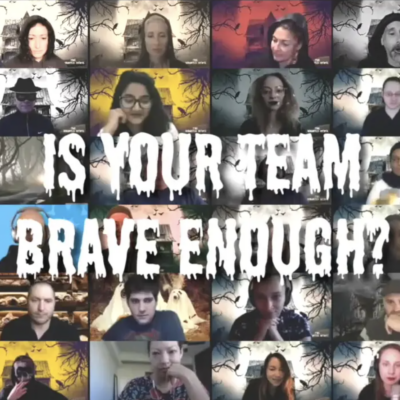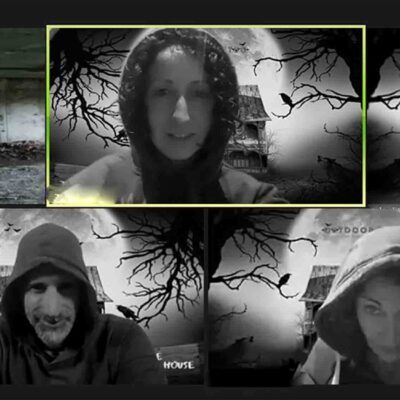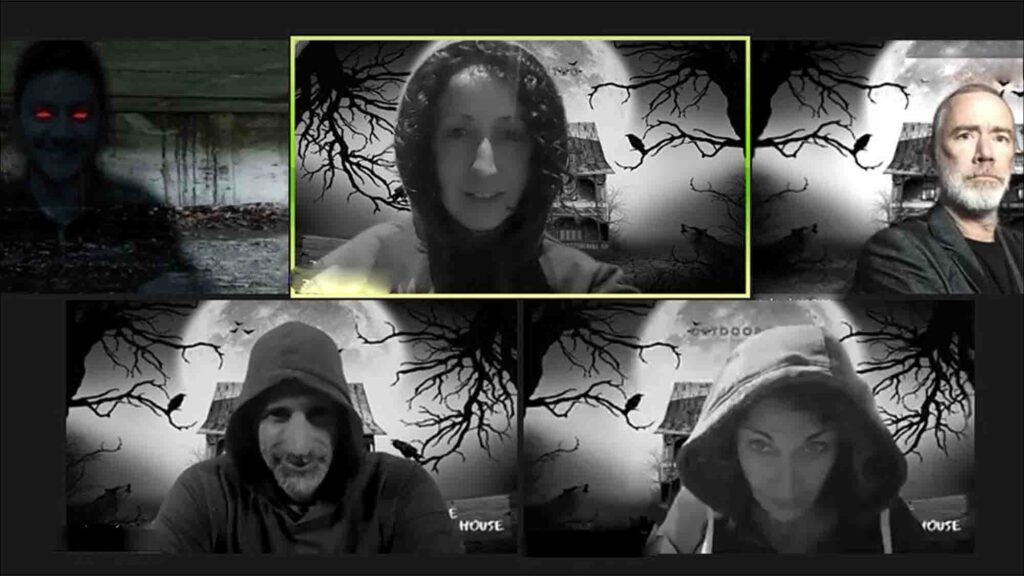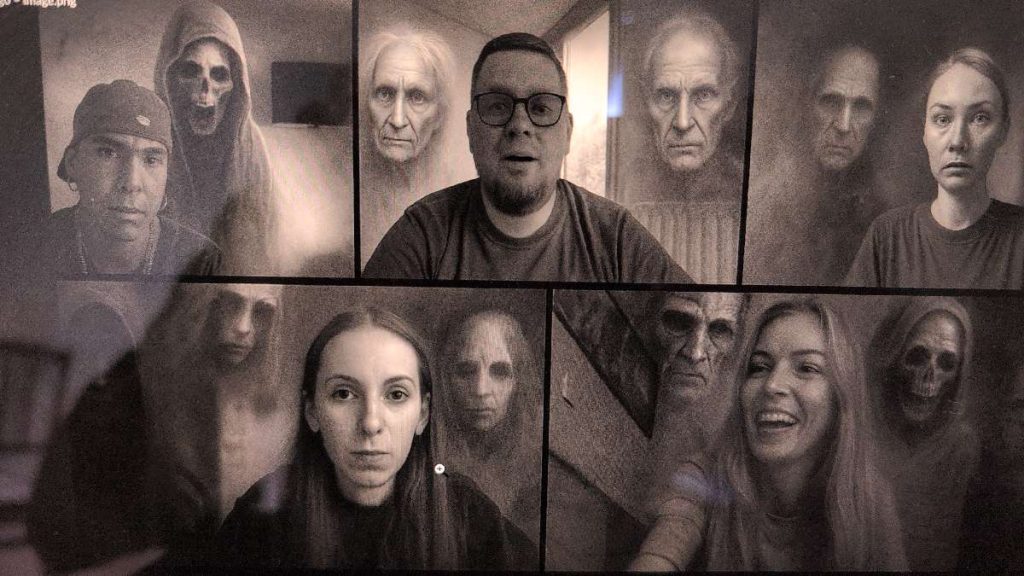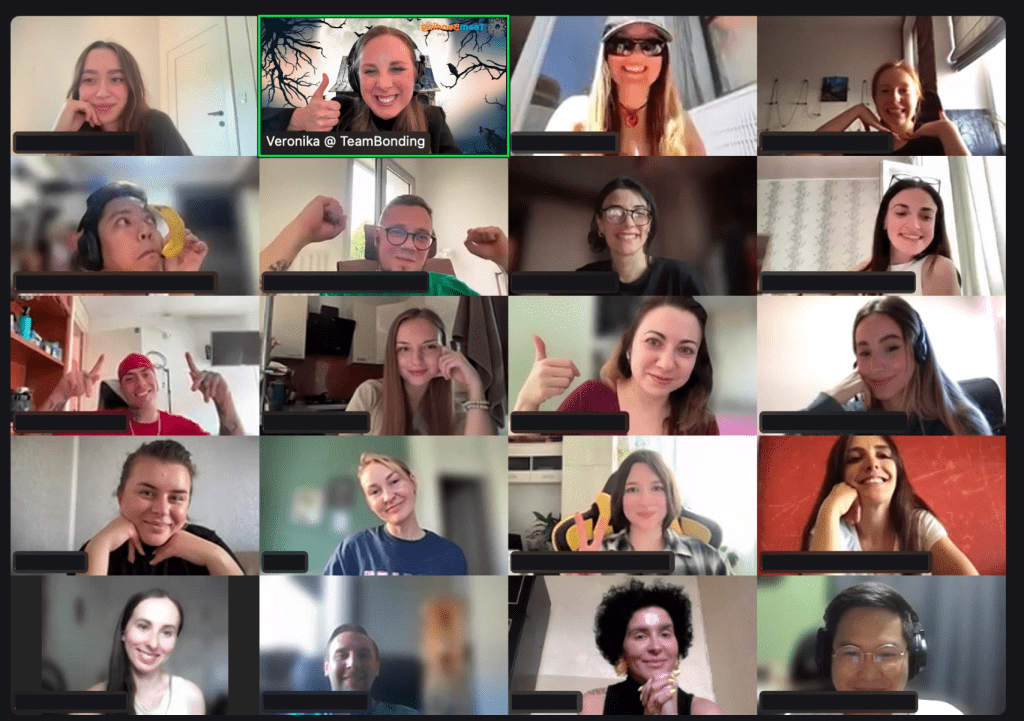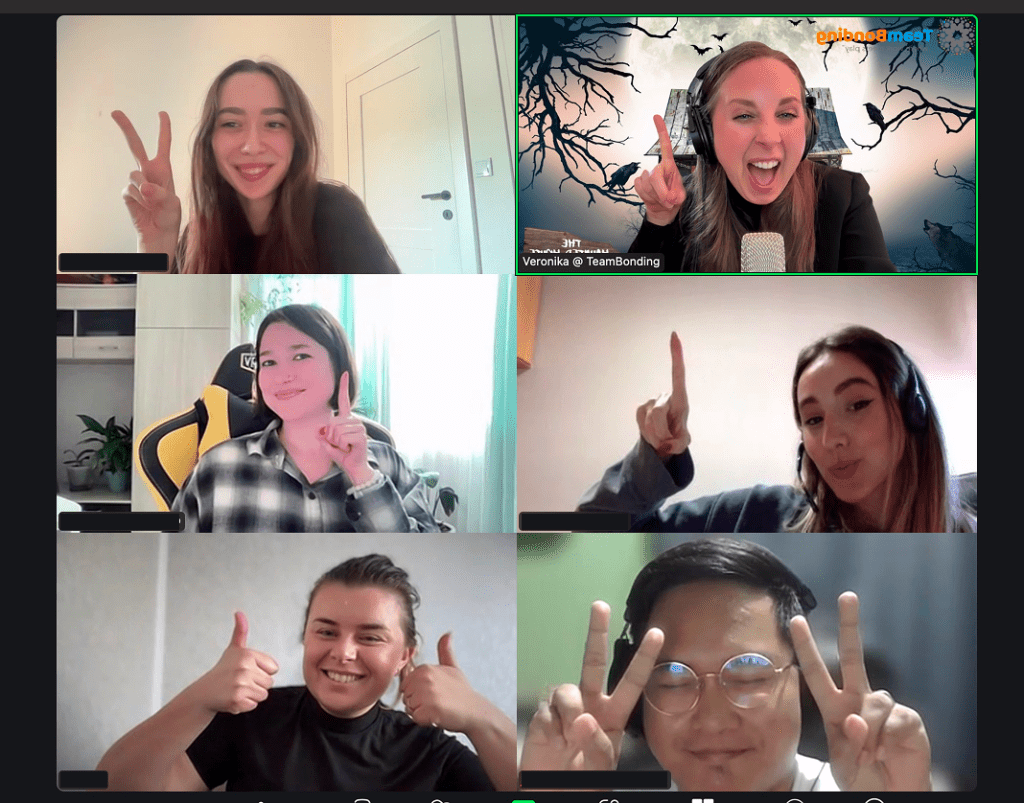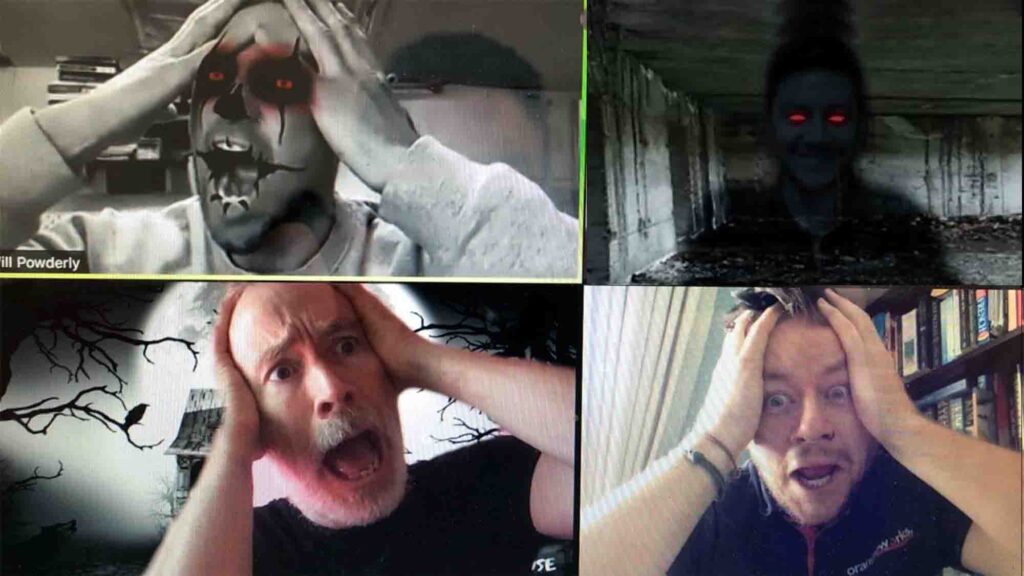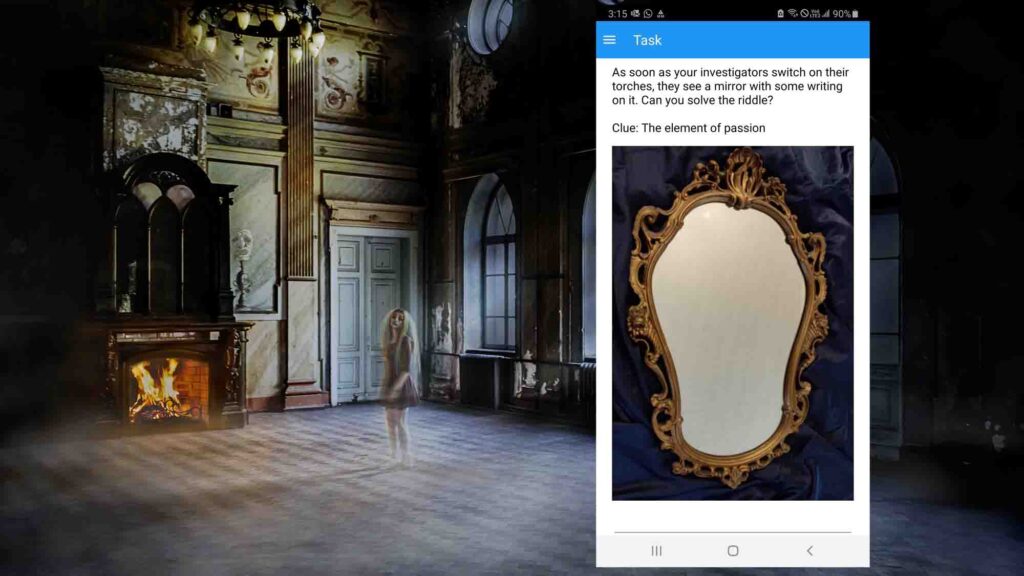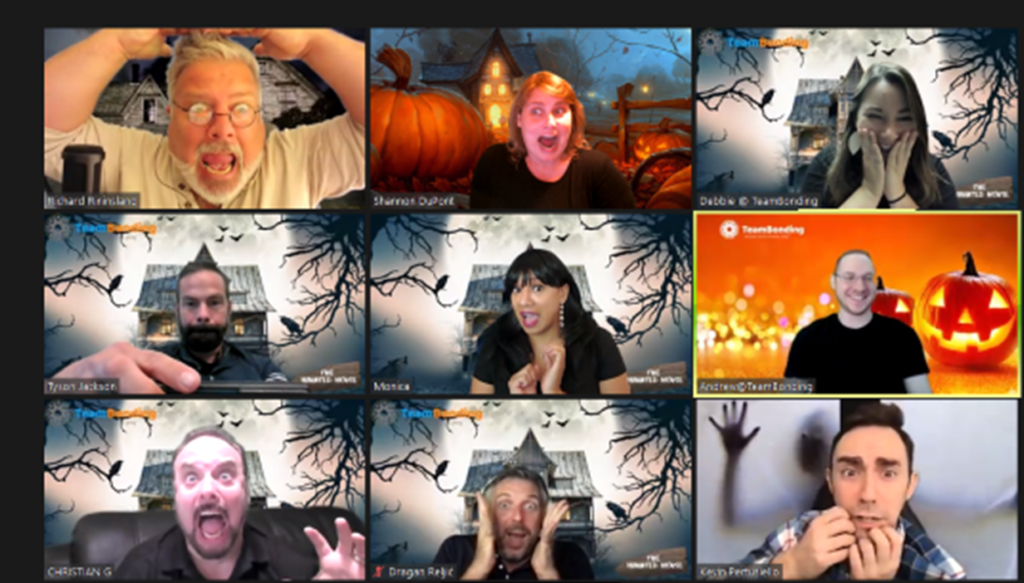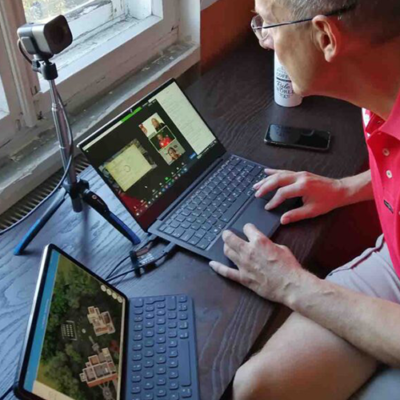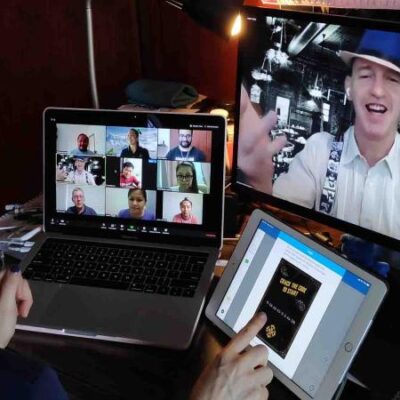Will you be the first to escape?
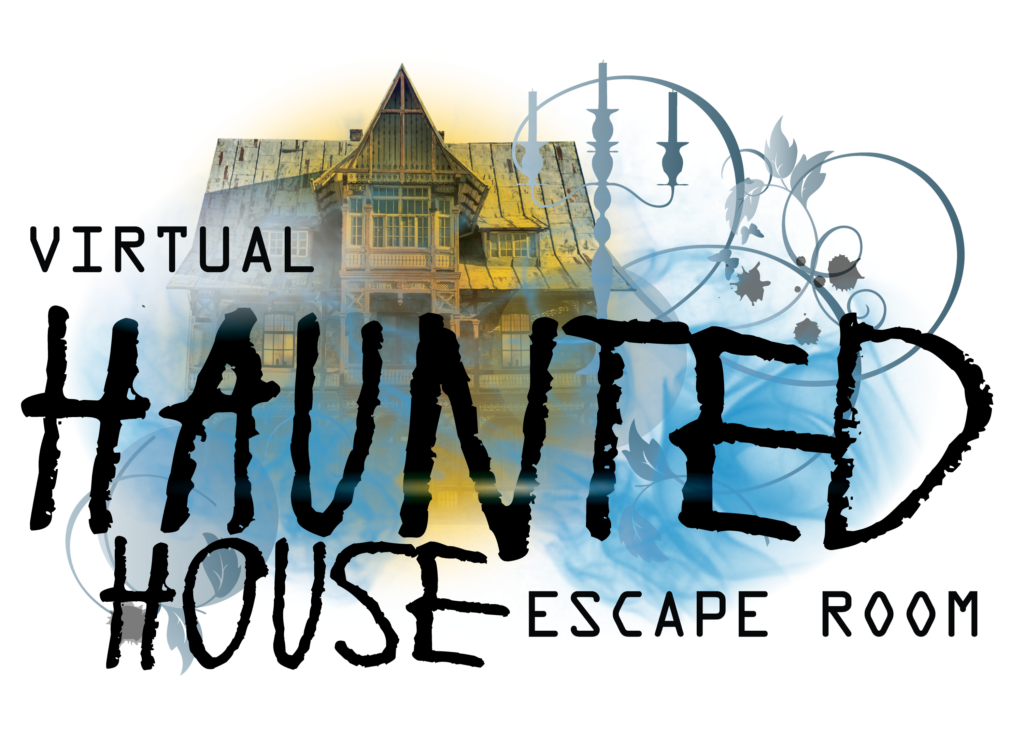
This immersive team building activity is filled with fun and engaging challenges, all specifically designed to enhance teamwork while developing an attitude of courage. These lessons have real application in the workplace – teams that learn to remain cool under pressure are able to think more rationally as they flex their problem-solving skills together.
Flickering candles, ghostly guests and creepy sound effects really bring this fun adventure to life. Playing from their mobile devices, each team selects a player to designate as their Ghost Whisperer. Other team members take on roles as investigators. Each team must guide their Whisperer to solve clues and complete three ghoulish mental challenges in order to escape from six different rooms.
The gameplay intentionally encourages teams to work together and to value each person’s ideas. As team trust builds, participants learn to shrug off their fear of failure. Now they can summon courage to speak up, clearly communicating their thoughts and opinions. It’s a powerful lesson in achieving success through collaborative, deductive reasoning.
By gamifying the critical components of courageous teamwork, Haunted House Virtual Escape Room provides a memorable shared experience for your team to draw on long after the activity is over. Participants have such a great time, they often forget that they’re actually learning valuable lessons in cooperation, teamwork and confidence.
Just one more example of the Power of Play – a true superpower if there ever was one.

